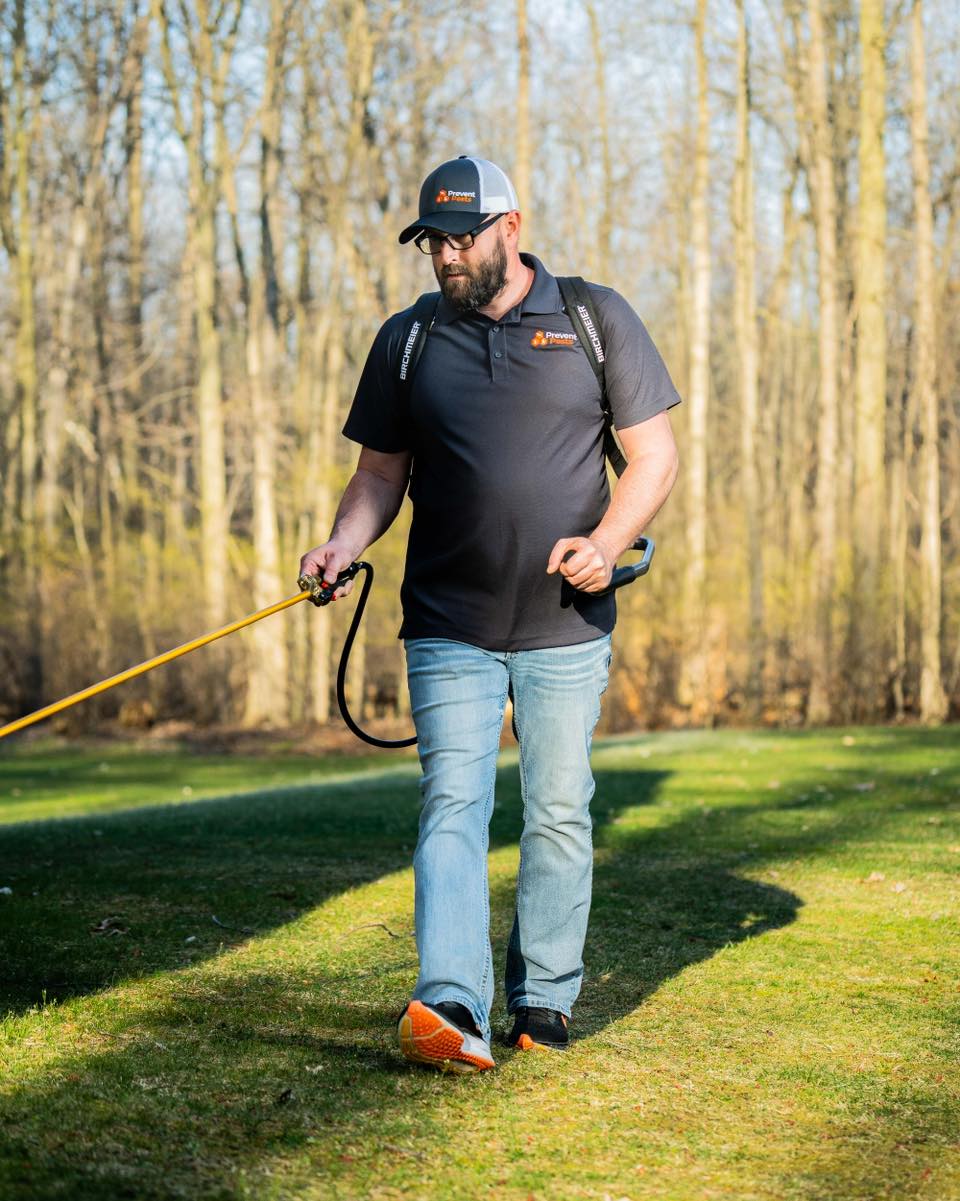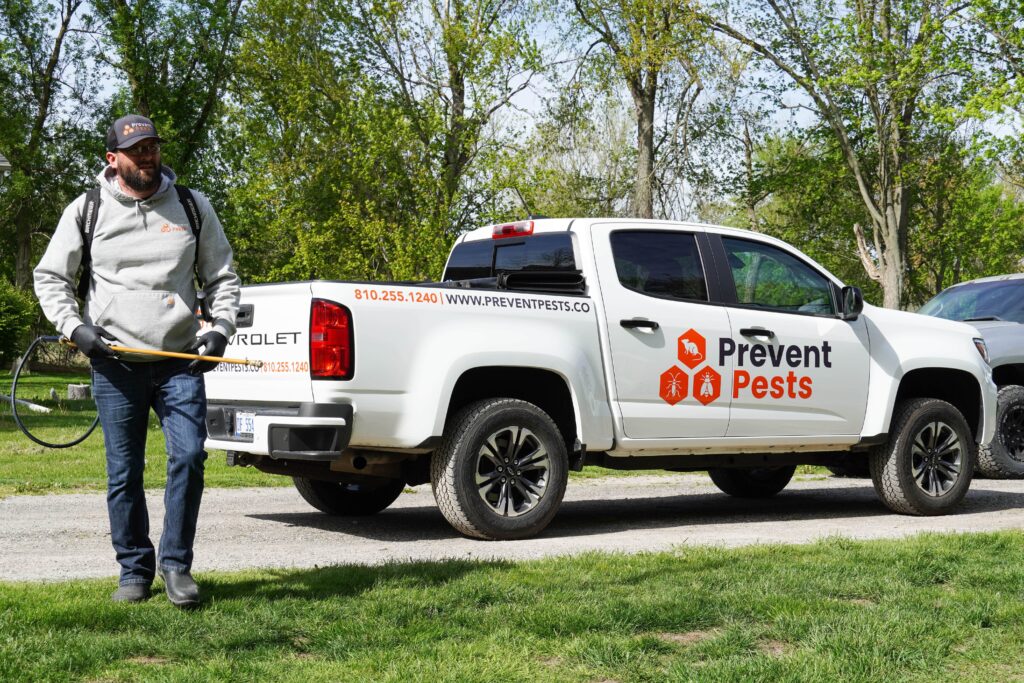As temperatures drop and daylight shortens, insect and rodent activity begins to change. Fall is a transitional period when many pests seek warmth, food, and shelter indoors. For homeowners, understanding how pest population patterns shift during this time is key to preventing infestations that can last through the winter.
When cooler weather drives outdoor pests inside, early detection and consistent maintenance become vital. Recognizing these changes helps homeowners prepare for the challenges that come with seasonal pest movement.
Why Fall Triggers Changes in Pest Activity
Pests are highly sensitive to environmental cues like temperature, humidity, and food availability. During summer, most thrive outdoors with abundant warmth and moisture. However, the cooler fall climate forces many species to adapt their behavior for survival.
Key environmental factors influencing fall pest activity include:
- Temperature drops: Insects and rodents move indoors to find stable warmth.
- Moisture changes: As rainfall decreases, pests search for water sources in kitchens, bathrooms, and basements.
- Reduced daylight: Shorter days trigger breeding or migration cycles in some species.
- Food scarcity: Fewer outdoor food sources encourage pests to enter homes and storage areas.
These seasonal pressures create overlapping patterns where outdoor and indoor pests coexist temporarily before cold weather sets in fully. Some species die off, while others go dormant or reproduce before winter.
Understanding these behaviors helps homeowners anticipate which pests are likely to become problems during this seasonal transition.
Common Fall Invaders and Their Behavior
Fall pest populations vary by region, but several species consistently move indoors as the weather cools. These invaders not only seek shelter but also reproduce within structures, leading to persistent infestations.
The most common fall pests include:
- Rodents: Mice and rats enter homes through small openings to build nests in attics or basements.
- Ants: Some colonies relocate indoors to protect queens and larvae from cold temperatures.
- Spiders: As insects become scarce outdoors, spiders move inside to hunt.
- Cockroaches: Warm, moist indoor spaces like kitchens and laundry rooms offer perfect survival conditions.
- Stink bugs and beetles: These overwintering insects hide in walls, attics, and window frames.
Rodents, in particular, present serious issues in the fall. Their ability to squeeze through openings as small as a coin makes them one of the most common indoor invaders. A closer look at our article on common entry points homeowners often overlook highlights how seemingly minor cracks or gaps can turn into major rodent gateways when temperatures drop.
How the Fall Season Impacts Pest Population Growth
Not all pests disappear during the cooler months. Many species simply shift their behavior to ensure survival, adapting their breeding cycles and nesting habits based on available shelter and warmth.
Here’s how pest population dynamics typically change during the fall:
- Rodents reproduce indoors: Mice and rats often start nesting earlier, leading to growing populations by winter.
- Insects slow but persist: Species like cockroaches and ants may reduce outdoor activity but continue breeding indoors.
- Mosquitoes decline gradually: Cooler weather reduces outdoor breeding sites, but some species remain active longer than expected.
- Dormant pests emerge briefly: Overwintering insects may become active again during warm spells before winter fully sets in.
Some homeowners mistakenly believe pest risks fade with the first cold front, but fall infestations often form the foundation for winter activity. Pests that settle indoors in autumn can reproduce through the season, leading to much larger problems later.
To understand how certain species remain active beyond summer, our informative article explains why consistent mosquito plans work best. The same principle applies to broader pest control, as consistent attention prevents sudden infestations.
Why DIY Methods Often Fall Short in Autumn
Do-it-yourself pest control may seem appealing during fall, but seasonal infestations require more than traps or sprays. The biggest challenge with DIY efforts is that they rarely address root causes, such as hidden entry points or structural vulnerabilities.
Common issues with DIY pest management include:
- Incomplete sealing: Many homeowners miss small cracks, vents, or foundation gaps that pests exploit.
- Improper product use: Over-the-counter treatments can eliminate visible pests but fail to disrupt breeding cycles.
- Ignoring nesting areas: Pests often hide in attics, wall voids, or crawlspaces where DIY tools cannot reach.
- Short-term focus: DIY methods tend to treat symptoms rather than prevent recurrence.
Because pests breed and adapt quickly, temporary fixes allow populations to rebound. Professional technicians use specialized tools to identify hidden harborage areas and apply treatments safely and precisely. Their exclusion and monitoring strategies create lasting protection throughout the colder months.
Preventive Strategies for Managing Fall Pest Populations
The most effective approach to pest prevention in the fall is combining regular maintenance with professional monitoring. Simple household adjustments can significantly reduce the chance of an infestation while complementing expert services.
Effective strategies include:
- Seal exterior gaps: Inspect window frames, foundation cracks, and rooflines for possible entry points.
- Maintain cleanliness: Store food in airtight containers and clean crumbs or spills promptly.
- Control moisture: Use dehumidifiers in basements and fix leaky pipes or faucets.
- Inspect storage areas: Keep boxes off the floor and check rarely used rooms for pests.
- Schedule seasonal inspections: Early detection stops pest populations before they expand.
In climates with pronounced seasonal shifts, professional inspections in early fall can identify vulnerabilities before pests take advantage of them. Combining these proactive habits with expert exclusion ensures long-term protection through winter and beyond.
Stay Ahead of Fall Pests
As fall sets in, pest populations adjust their habits to survive, often moving into homes where warmth and shelter are plentiful. Understanding these seasonal shifts is the first step toward preventing infestations before they begin. For comprehensive protection and expert prevention services, contact Prevent Pests to schedule a fall inspection and keep your home secure all season long.


